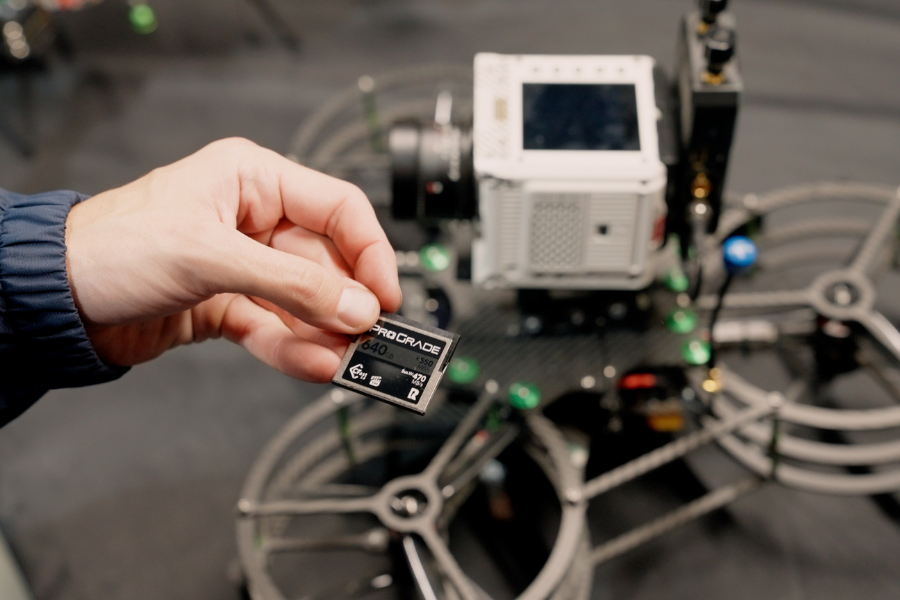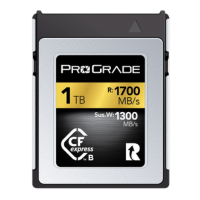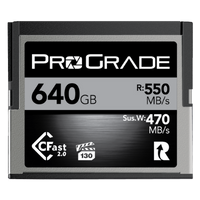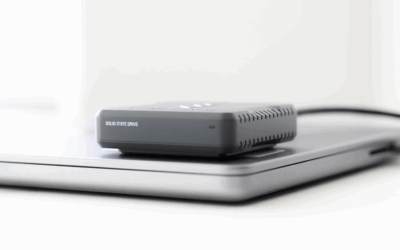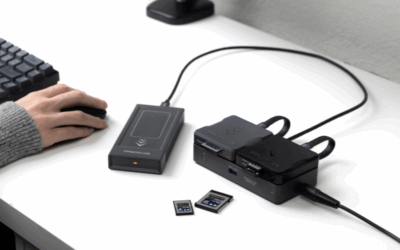Aerial cinematography is revolutionizing the way we capture the world, offering unprecedented perspectives and imbuing visuals with a sense of grandeur and scale. It’s an art form that combines the thrill of flight with the creative expression of film, stirring emotions and delivering captivating experiences. And within this rapidly evolving field, some individuals are pushing the boundaries, turning what was once considered impossible into reality.
One such individual is Jake Howard, an LA-based aerial cinematographer and one of the city’s top rising First-Person View (FPV) pilots. Known for his daring flights and stunning imagery, Jake has carved a niche for himself in the competitive world of aerial videography. His work spans a variety of projects, showcasing his versatility and technical prowess. We sat down with Jake to dive deeper into his world, understanding what fuels his passion, the kind of work he indulges in, and the tools that help him create magic.
“Being part of different environments, whether it’s manufacturing, testing, or racing, provides a variety of experiences that have been extremely exhilarating.”
Jake, with your extensive experience in aerial cinematography, what continues to fuel your passion for flying drones and capturing footage from above?
Unlike the common ground camera-based shots, which make up 90% of what we see in films, TV shows, or commercial productions, aerial cinematography provides a unique and different viewpoint.
Being specialized in this field, what excites me the most is the opportunity to bring the aerial perspective into the storytelling process. We collaborate with cinematographers who have their unique narrative style on the ground, and I love to integrate aerials seamlessly into their vision. It’s the challenge of creating a flawless transition between the ground and aerial shots, in a way that is less jarring for the audience.
Your work spans from covering surfers in Santa Cruz to high-end TV productions. Can you tell us about a particularly challenging shoot that pushed the limits of your skills and equipment?
One particularly challenging shoot that stands out was a project we did for the LA Rams. This shoot was unique because it was directed by Stadium and took place inside SoFi stadium. We were the first team to fly an FPV drone inside that stadium, with the task of maneuvering it up and down within the rafters.
For this project the Rams teamed up with filmmaker, and Academy Award winner, Wally Pfister. Working with Wally is always a thrilling experience as he encourages us to push the limits of our skills and equipment. One shot that exemplified this was when we dived from the top deck of SoFi stadium all the way down to the field level. Covering such a vast interior space was a remarkable challenge, only made possible by the speed and precision of an FPV drone. It’s a type of shot that no other camera or piece of equipment could achieve with the same level of creative execution.
The complexity of this shoot was amplified by the environment inside the stadium, which made it difficult to keep track of where the drone was going. This shoot remains one of the most challenging projects we’ve undertaken.
Click here to view the Rams video
You’ve expressed a strong interest in car commercials. How does your personal enthusiasm for vehicles enhance the work you produce in this specific genre?
I’ve been passionate about cars from a young age. As I often say, cars and drones are a perfect match, like peanut butter and jelly. It’s rare to find a car commercial today that doesn’t feature some type of aerial cinematography. In fact, some of our best work has been on various car commercials and motor campaigns, featuring everything from drift cars to commercial vehicles.
One of the most exciting aspects of my job is the opportunity to experience new and dynamic vehicles that I might never encounter otherwise. A recent example was a production we did with Lucid, a new competitor to Tesla. They have an 1800 horsepower electric car which we had the chance to ride in and film with. Getting to witness these unique vehicles, especially in the environments we get to see them in, is a truly unique experience.
For instance, I’ve visited places like Borrego Springs, where they conduct rigorous testing on trucks to ensure they’re worthy of badges like “Built Ford Tough”. Being part of different environments, whether it’s manufacturing, testing, or racing, provides a variety of experiences that have been extremely exhilarating. My personal passion for cars certainly enhances the quality and dynamism of the work we produce in this genre.
Click here to view the Borrego Springs video
In an industry where equipment failure is not an option, what qualities do you prioritize when selecting gear for your aerial shoots?
Reliability is paramount in our line of work, particularly when operating in high-paced environments like major motion picture sets or big-budget commercials. Often, you only get one chance to execute a shot correctly, especially with drones, which are typically used for those standout moments in a production.
The drone shot can be the cherry on top that elevates the entire production, but its execution often hinges on a single opportunity. If your gear isn’t reliable or up to standard, it undermines your ability to deliver the shots needed within limited time frames or attempts.
Safety is always our number one priority, especially when working with drones. And part of ensuring safety is having reliable cameras and equipment that we can trust. Achieving this level of reliability is critical to our work and forms an essential part of our safety checklist.
When it comes to media, there’s no substitute for quality. Opting for budget cards might seem appealing, but the risk of losing your media due to corruption or shutdowns mid-flight is not worth taking, especially when you’re capturing a one-time action sequence with a drone FPV shot. You can’t afford to leave anything to chance in such situations, necessitating the use of the highest quality equipment.
ProGrade is the number one brand I trust, particularly for FPV cinematography where the camera and other equipment are put in harm’s way. I can confidently say that ProGrade cards can withstand a beating, yet still provide everything you need to extract every last bit of data from them. This reliable performance under pressure makes them an invaluable component of our work.
Looking ahead, how do you plan to evolve your craft and stay at the forefront of aerial cinematography, especially with the rapid advancements in drone technology?
One of the key ways we plan to evolve and drive the future of FPV forward is through embracing and integrating advances in technology. This includes stabilized FPV with gimbals, and larger FPV aircraft that can carry bigger cameras. We’re continually pushing the boundaries of what’s possible with FPV technology to maximize the potential of these aircraft. We’re always innovating and expanding the boundaries of FPV technology to offer our clients solutions to creative challenges. Whether it’s hard-mounted FPV or stabilized gimbal FPV, we’re developing new methods to streamline operations and ensure we have the right tool for every kind of shot.
But, having the right equipment is just one side of the equation. It’s equally important to constantly improve piloting skills. So, there’s a balancing act between enhancing piloting skills and advancing drone technology, and we’re committed to pushing both aspects forward.
FPV provides a unique aerial experience and form of camera movement that can accomplish things no other cinema device can do. It bridges the gap between the air and the ground, offering a completely unique, sometimes mind-bending perspective. The reactions I get from some of the FPV shots from people who’ve been in the film industry for 20+ years are a testament to this. It’s exciting to think about how this tool can enhance visual creative storytelling, offering a freedom of camera movement and, in turn, a freedom of storytelling. So, looking ahead, I plan to continue pushing the boundaries of FPV technology and my own piloting skills to stay at the forefront of aerial cinematography.
In Conclusion
Jake Howard’s approach to FPV cinematography is predicated on a passion for automobiles and honed by a dedication to constant improvement and technological advancement. His quest for reliability, quality, and safety in his equipment, notably his preference for ProGrade, ensures not only the success of his projects but also the safety of his team. As he continues to innovate and push the boundaries of FPV technology, Jake maintains an unwavering commitment to his craft. His perspective, skill, and passion truly set him apart in the realm of aerial cinematography, spearheading a dynamic evolution of visual storytelling. We look forward to seeing where his journey takes him next.
